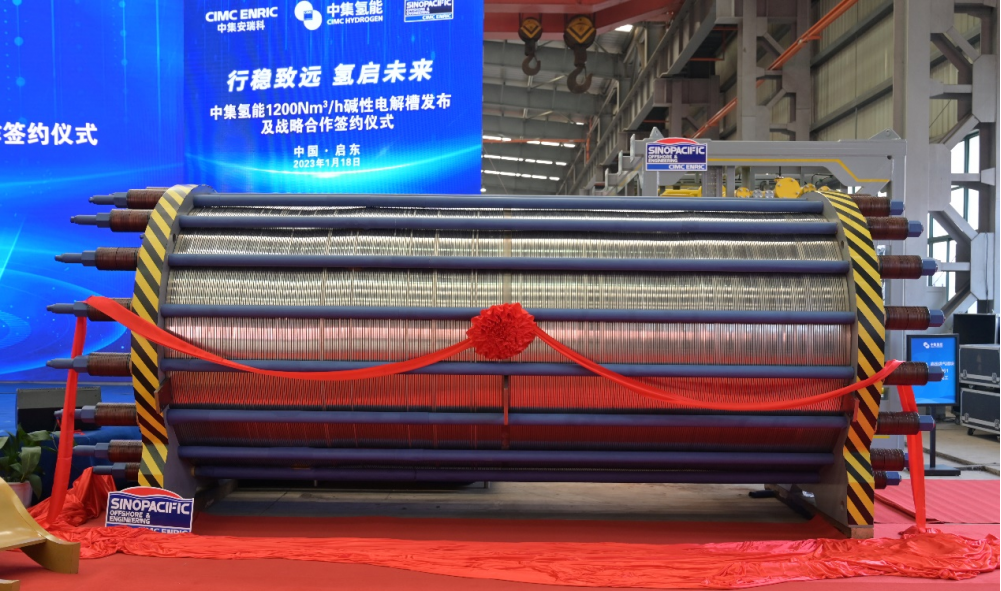China will breeze past its 2025 target for 200,000 tonnes of renewable hydrogen a year, as the country is on track to install 2.5GW of electrolyser capacity — capable of producing around 220,000 tonnes of H2 a year — by the end of 2024.
So says analysis released this week by research firm Rystad Energy. It finds that 1GW of electrolysis capacity has already been installed in China.
However, Rystad also notes that most of this capacity will be built in the north, where wind and solar resource is high, and not co-located with the likely demand centres for hydrogen in transport and industry in the eastern cities.
It notes that provincial targets combined would produce a million tonnes a year by 2025. The northern regions of Inner Mongolia and Gansu alone respectively aim for 480,000 tonnes and 200,000 tonnes of green H2 a year by 2025, not only exceeding national targets, but local demand too.
As such, the research firm highlights that China’s energy companies are putting more effort into linking up supply and demand via new hydrogen pipelines.
These include Sinopec’s planned 400km pipeline between Inner Mongolia and Beijing — which would be able to initially carry 100,000 tonnes a year from 2027 before scaling up to 500,000 tonnes a year — as well as its subsidiary China Petroleum Pipeline Engineering Corporation’s proposal for a 6,000km network by 2050.
Rystad also tracks a 737km hydrogen pipeline from the province of Zhangjiakou to the port of Caofeidian, which traffics both international and domestic cargo, to be developed by Tangshan Haitai New Energy Technology at a cost of $845m. “If realized, it would be the world’s longest hydrogen pipeline,” the research firm notes.
While the Beijing government set its green hydrogen targets as part of a wider push to peak the country’s emissions by 2030 and reach carbon neutrality by 2060, Rystad warns that stricter standards and faster deployment of renewables will be needed to prevent extra emissions from electrolysers’ demand on the grid.
The research firm says that 217GW of new solar and 76GW of new wind power were installed in 2023 to decarbonise China’s grid — although coal still dominates the country’s power generation. It also estimates that a million tonnes a year of green hydrogen production capacity would need 20GW of extra onshore wind.
“Consequently, hydrogen projects compete directly with other substantial electrification needs throughout China,” the research firm warns.
Additionally, the country currently has separate standards for “low-carbon” hydrogen, which is given a threshold carbon intensity of 14.51kgCO2e/kgH2, and “renewable” or “clean” hydrogen, which must have a carbon intensity of at most 4.9CO2e/kgH2. However, it is unclear whether these also account for potential induced emissions from using grid electricity and upstream methane emissions.




